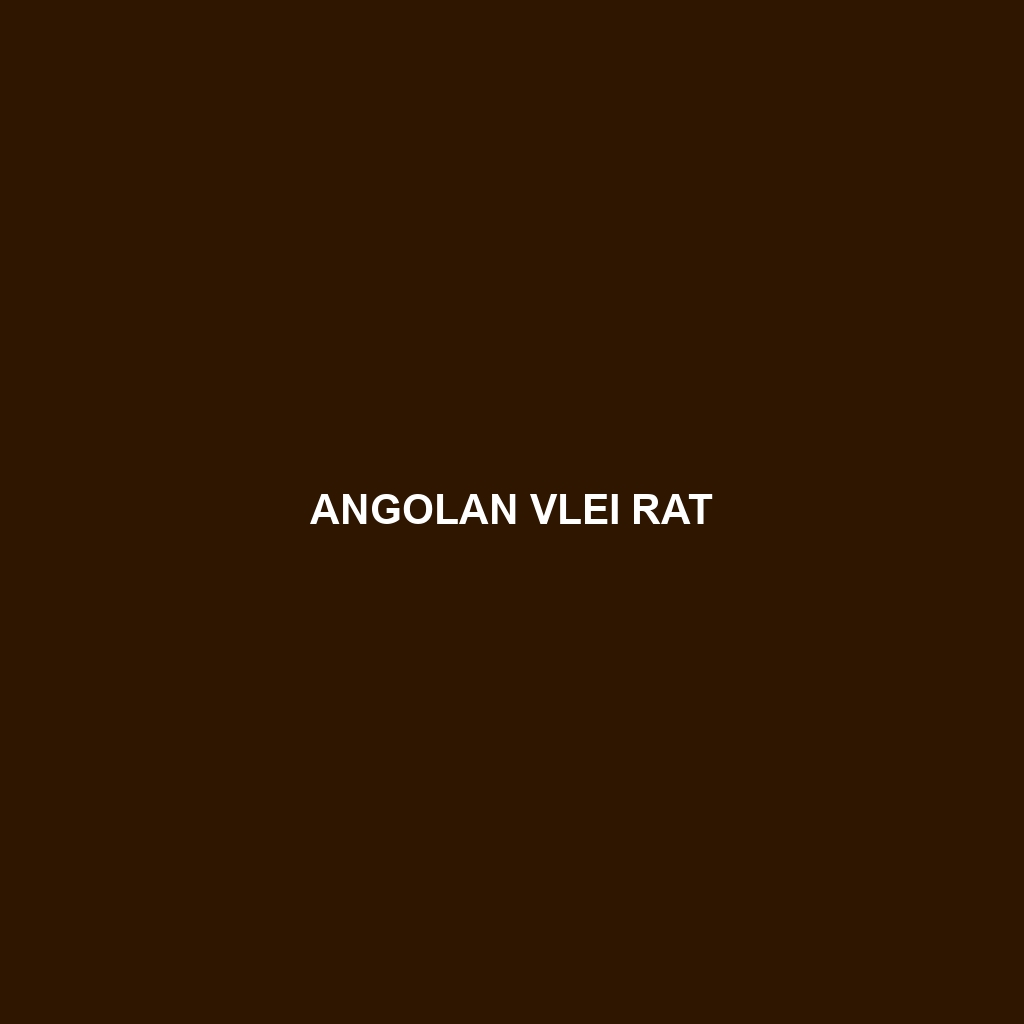Congo White-toothed Shrew (Crocidura subappressa)
Common Name: Congo White-toothed Shrew
Scientific Name: Crocidura subappressa
Habitat
The Congo White-toothed Shrew is primarily found in the dense forests and rainforest regions of Central Africa, notably within the Democratic Republic of the Congo and parts of neighboring countries. This species thrives in humid climates, typically residing in leaf litter and undergrowth, where it finds ample cover and food sources.
Physical Characteristics
The Congo White-toothed Shrew is a small mammal, generally measuring about 8 to 10 centimeters in body length, with a slender build. It has a distinctive grayish-brown fur that is softer than that of many related species, with a lighter underbelly. One of its most notable features is its white, prominent teeth, which lend the species part of its common name. The shrew has a pointed snout and small, beady eyes that complement its keen sense of smell.
Behavior
This species is predominantly nocturnal, exhibiting a range of typical behaviors such as foraging for food during the night. The Congo White-toothed Shrew is known for its quick and agile movements, which make it adept at navigating the complex forest floor. Territorial in nature, it communicates with other shrews through vocalizations and scent markings. Observations indicate that it exhibits both solitary and social behaviors depending on environmental conditions.
Diet
The Congo White-toothed Shrew primarily feeds on a diet rich in insects, worms, and other small invertebrates. Common food sources include beetles, ants, and larvae, reflecting its role as an important predator within its ecosystem. Its foraging habits often lead it to burrow through the leaf litter, allowing it to access hidden food sources efficiently.
Reproduction
Breeding for the Congo White-toothed Shrew typically occurs during the wet season when food is most abundant. Females can give birth to 2 to 6 offspring in a single litter after a gestation period of approximately 30 days. The young shrews are born blind and helpless, gradually gaining independence within a few weeks. Notably, mothers are attentive, providing care and protection until the young are fully weaned.
Conservation Status
As of the latest assessments, the Congo White-toothed Shrew is classified as “Least Concern” according to the International Union for Conservation of Nature (IUCN). However, habitat loss due to deforestation and human encroachment poses potential threats that could impact its conservation status in the future.
Interesting Facts
One fascinating aspect of the Congo White-toothed Shrew is its ability to consume prey larger than its mouth due to its flexible jaw structure. Additionally, this species produces a high-pitched vocalization that can be heard during its nighttime activities, serving as both a communication tool and a means of establishing territory.
Role in Ecosystem
The Congo White-toothed Shrew plays a critical role in the ecosystem as both a predator and prey. By controlling insect populations, it helps maintain a balance within the forest habitats. Moreover, as a food source for various higher trophic levels, including birds and small mammals, it contributes to the ecological web of life in its dense forest environment.
